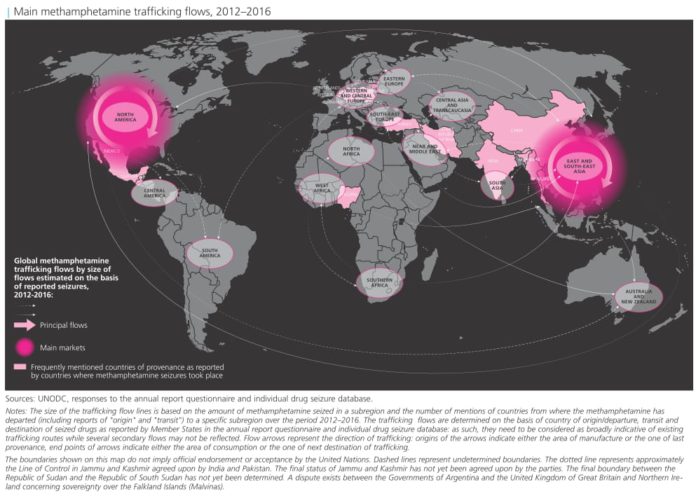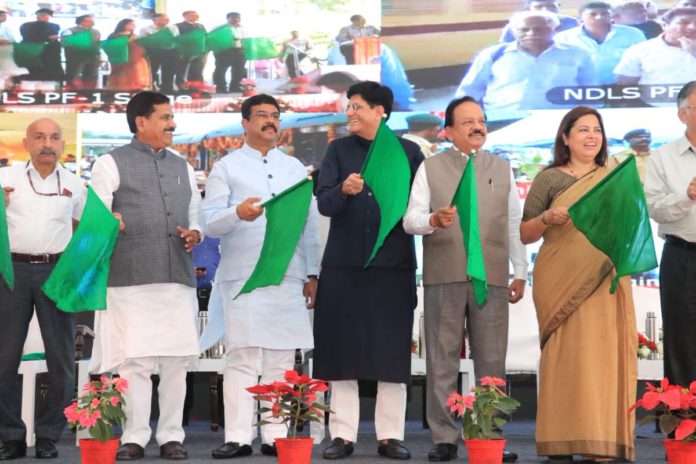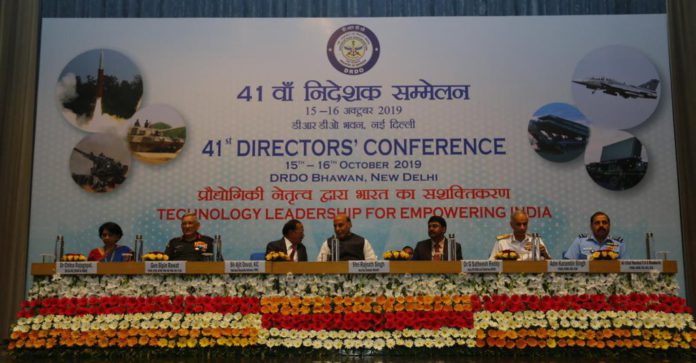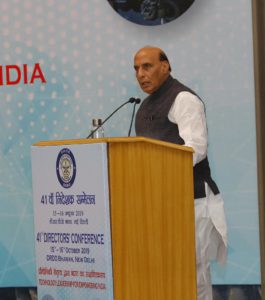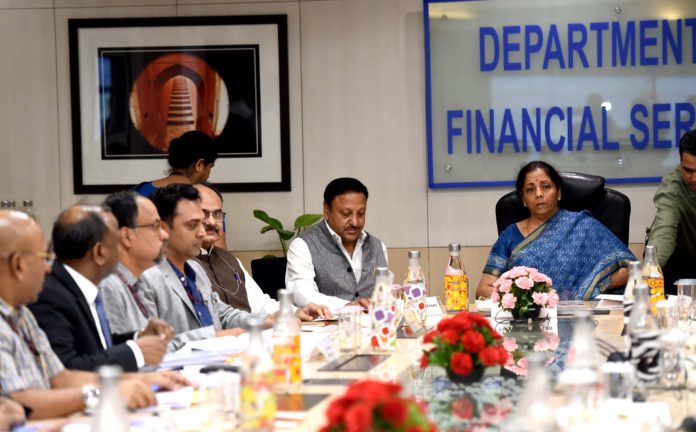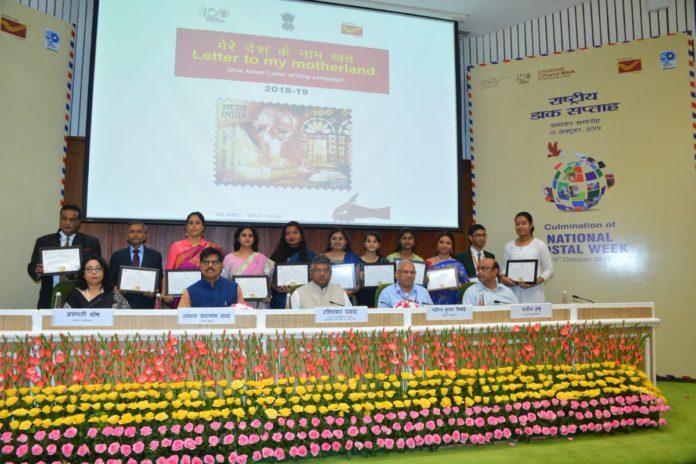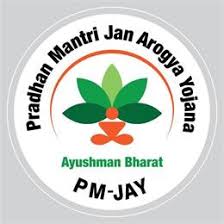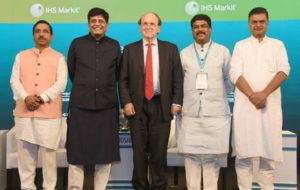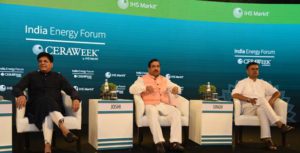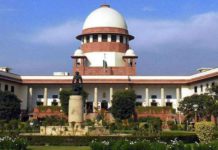New Delhi (NVI): Taipei Economic and Cultural Center in India (TECC) urged the Indian government and other major countries to support Taiwan’s participation in meetings, mechanisms and training courses organised by the International Criminal Police Organization (INTERPOL).
According to TECC, “Taiwan occupies a key geographical place connecting Northeast and Southeast Asia and is a busy transportation hub in the Asia Pacific region. However, due to political factors, Taiwan is not admitted into relevant activities organised by the INTERPOL, and does not have access to critical intelligence instantly shared via its I-24/7 global police communications system”.
Notably, with 194 members, the INTERPOL is the second largest inter-governmental organisation only after the United Nations in the world. Its 88th General Assembly is currently being held in Santiago, Chile from October 15 to 18.
Citing the World Drug Report 2018 published by the United Nations Office on Drugs and Crime, the TECC said the world’s major production and consumption of amphetamine were found to be in East Asia, Southeast Asia and North America.
There was also evidence showing acetic anhydride exported from Taiwan has made its way to Afghanistan, where it is used for the production of heroin.
The TECC quoting Huang Ming-chao, Commissioner of Criminal Investigation Bureau under the Ministry of the Interior, Republic of China (Taiwan) said, “Criminal activities such as drug trafficking often spread across multiple countries and regions, creating considerable obstacles for the investigative authorities”.
It notes that with criminal methods being constantly evolving, it is very difficult for any single sovereign nation to fully clamp down within their territory on all aspects of various criminal networks such as production, transportation, sales and money flow.
Therefore, it is of extreme importance for all countries including Taiwan and India to work together and learn from others’ experience to crack down in transnational crimes.
It further said that, “The modern age sees telecom and online fraud continue growing above national borders and become a highly organized form of crime, international cooperation must be enhanced to identify sources of these criminal activities, block money laundering channels and seize illicit gains in time, with the ultimate goal of exterminating drugs and fraud syndicates”.
Calling for support from the Indian government and concerned entities, the TECC said global security and social justice must take precedence over political differences.
“The Article 2 of the INTERPOL Constitution says its aims include ‘to ensure and promote the widest possible mutual assistance between all criminal police authorities within the limits of the laws existing in the different countries and in the spirit of the Universal Declaration of Human Rights,’ it is justified that Taiwan should be part of the INTERPOL,” the TECC said.
(rb)

